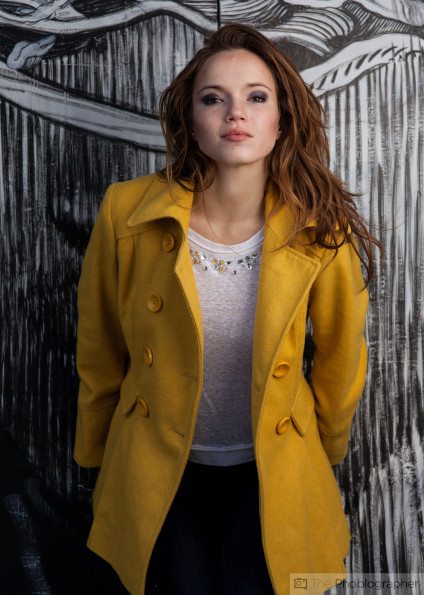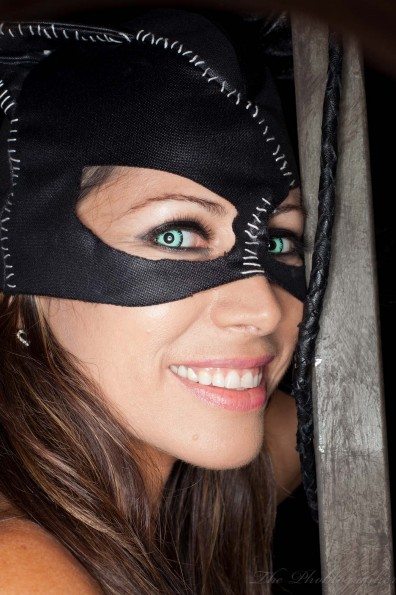Last Updated on 09/16/2014 by Julius Motal
When it comes to working with off-camera flashes, many experienced strobists will tell you that no camera system’s TTL operation will be able to give you exactly what you want right off the bat. For that, you’ll want to work with manual lighting. But there are tricks to get a flash system to give you the exposure that you want if you understand how TTL lighting works to begin with.
This short guide is designed as an intro for those just stepping into the lighting game.
What is TTL?

For starters, you may want to learn about what TTL actually is and how it works. TTL is a short acronym for Through the Lens Metering. Essentially, it meant that whatever flash you used metered accordingly with what your camera’s metering was telling it the scene needed. Most photographers use it to either fully illuminate a scene or to add fill light. It also depends on what your camera’s exposure is set to.
For example, if you’re shooting in broad daylight with a direct flash and with your lens wide open, then your subject will most likely be very blown out because of the extra power coming from the flash.
What you need to know when working with the flashes off camera and not in the hot shoe though is that your flash has a zoom head and can be angled in many different ways to illuminate different surfaces.
How Do You Work with TTL?
When working with a flash system you have a couple of different ways of triggering.
– Infrared: which is what every flash has standard but is limited in range and also doesn’t work so well in bright sunlight.
– Radio: the triggering method of choice for many photographers. You’ll need triggers that can communicate with the camera and flashes to transmit TTL messages across.
To work with the lighting, you’ll need to know a very basic understanding of how technology that is billed as being smart works: a machine will only do what you tell it to.
What that means is that if you tell a flash to simply meter itself based on the scene, it will try to meter the scene based on its own findings–which may likely not be what you want. So in order to tell the flash what you want, you’ll need to use exposure compensation. By doing this, you can tell the flash to put more power into the scene or less.
Something that you should always remember from the start though is that TTL lighting is highly unreliable when compared to manual lighting output–but it can surely save you at certain times like during event shooting and weddings.
Considerations When Working With Flash Modifiers

After working with said flash system, you’ll want to incorporate other ways to work with the lighting. This includes molding and shaping how it looks. It may mean that you stick the flash in a softbox, umbrella, ring flash, octabank or other modifiers. When you work with light modifiers, you should consider how much light loss there is. What this will mean is that you’ll need to crank up the exposure compensation accordingly. You can often control these parameters from your flash trigger or directly from your camera body.
What you should also do is work with the zoom head. The more narrow your zoom (85mm and longer) the more narrow and powerful your light beam may be. The wider your zoom the larger area it will cover and therefore the softer it will be.
Then you’ll need to consider the directional quality of the lighting. Directional quality has to do with, quite literally, how direct or indirect the lighting is.
All of these factors will determine how much you crank the light up or down based on how close the light is to your subject and what your camera’s metering states.
Again, TTL lighting isn’t perfect. In fact, it’s far from it: but you can bend it to do what you want if you’re willing to pay attention to what’s wrong with your image and have the initiative to fix it. Furthermore, what the TTL reading gives you isn’t necessarily wrong per se, but it may not be what you want it to be.
In the rare situation where you’ll want to overpower the sun, TTL lighting may be the easiest and most efficient method to work with because it will mean that you have less to fidget with by telling the flash to go brighter or darker and then only working with the shutter speed otherwise.


